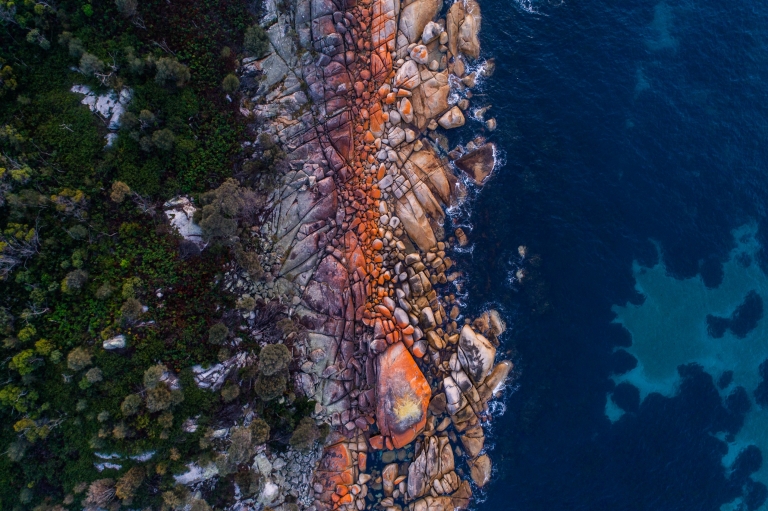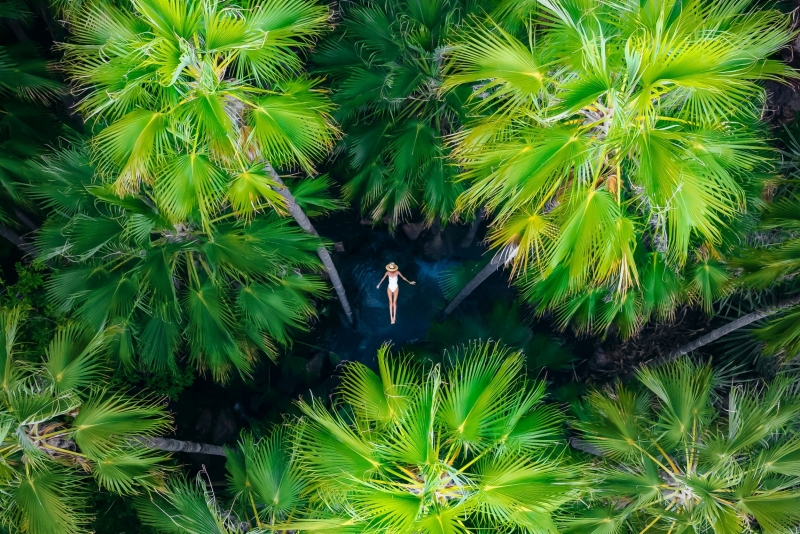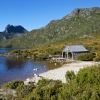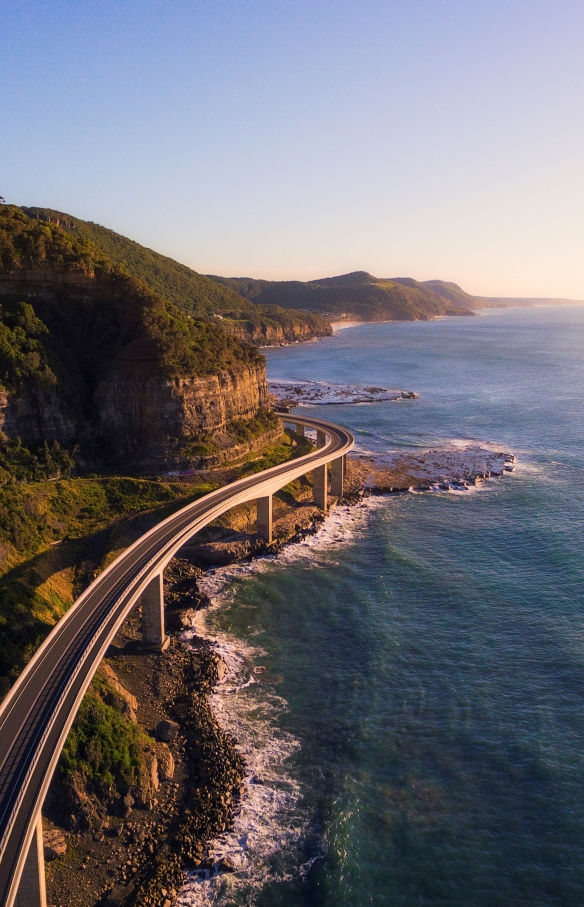
Dove Lake, Cradle Mountain-Lake St Clair National Park, Tasmania © Tourism Australia
Circle Tasmania road trip
From its blindingly beautiful beaches to its snow-capped mountains and World Heritage-listed wilderness, Tasmania is like being inside a nature documentary.
Trip overview
The must-do experiences
- Explore the Bay of Fires and Wineglass Bay
- Hike around Cradle Mountain
- Cruise along the Gordon River
Day 1: Hobart to Freycinet National Park
A dramatic introduction to Tasmania awaits on this epic journey along the east coast of Tasmania. Explore Hobart’s highlights before departing for Freycinet National Park.
Day 2: Freycinet National Park to Bay of Fires
From the bright blues of Wineglass Bay to the orange lichen-covered boulders of the Bay of Fires, the northeast is a kaleidoscope of colours.
Day 3: Bay of Fires to Launceston
It’s time to head inland to Tasmania’s charming historic towns and rolling vineyards.
Day 4: Launceston to Stanley
Unexpected delights await, from national parks brimming with native wildlife to volcanic remnants that cut a dramatic form over the countryside.
Day 5: Stanley to Cradle Mountain
Say farewell to Stanley and make your way toward Cradle Mountain-Lake St Clair National Park – a place that humbles in the best possible way.
Day 6: Cradle Mountain to Strahan
If you're up for more wilderness adventure, you’re in luck. This stretch of Tasmania offers railway rides, river rafting and nature cruises.
Day 7: Strahan to Hobart
End your Tasmania tour on a high, exploring atmospheric villages before returning to the allures of Hobart.


































































































































